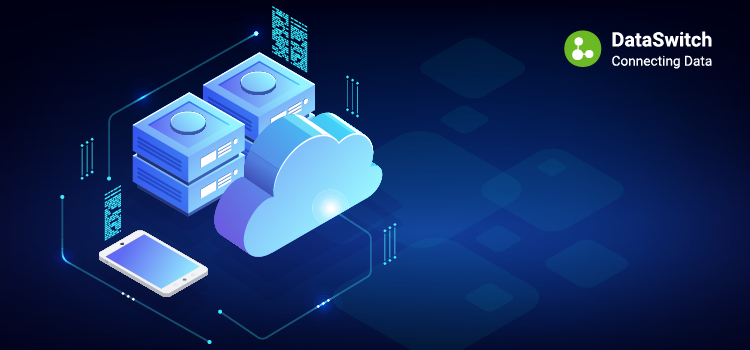
Common Failure Factors In Teradata Migration and How to Avoid Them
Common Failure Factors In Teradata Migration and How to Avoid Them
Data migration projects are often prone to over expending budgets and taking a lot more time than originally projected. It does not help the situation when statistics point at more than 60% of all database migrations landing up in failure. Endeavors often begin on the right note, then start to cost exorbitant amounts of money along with an unreasonable number of hours before administration decides to pull the plug. The result is often debilitated employees who wasted a lot of time and effort in vain.
This issue of database migration is inevitably compounded if the system in use happens to be Teradata. Teradata migrations have a failure rate that exceeds 95%. The chances of getting a database migration right the first time around when dealing with a legacy system such as Teradata are usually one in a million.
Despite the odds being stacked up against a Teradata migration, several companies are desperately attempting to switch over to leaner data management systems. With a growing demand for functioning based off of cloud systems organizations today are increasingly demolishing data silos that are hindering their ability to operate swiftly. Let’s take a closer look at why Teradata migration has such a high rate of failure and how your organization can overcome these barriers.
- Partial Understanding of the Problem
It is a daunting task to precisely approximate the scale and complication of how much work has to be undertaken in the event of a database migration. However, this is a preliminary step in laying the groundwork for an effective data migration undertaking.
An organization that expects the handling of multi-purpose and multi-tenant problems often demands a Teradata system to tackle the requirements at hand. The queries raised range from the unintentionally intricate to the deliberately smart. In addition to this, Teradata queries often implement SQL that predates all standardization. Such queries depend on the assessment of predicates which in some situations are case-sensitive.
A crucial aspect to bear in mind here is that the engineers who are in charge of the migration are not the ones who are at fault. Regardless of any prior experience it is important to remember that walking into a migration at first is a task undertaken with extremely limited situational knowledge on hand. In due course of the process technicians are likely to run into unexpected curveballs and pitfalls. The situation grows in complexity with each attempt to mitigate issues and as a result can seem impossible to resolve.
- Accepting the Difficulty of the Task at Hand
Teradata is an extremely powerful system powered by 40 years of innovation. The problem is that over four decades languages have significantly evolved rendering Teradata one amongst the world’s most complex systems. Limited systems cannot compete with the syntax complications of Teradata making database migration a living nightmare.
In order to overcome the situation, the task at hand requires a complex language that utilizes less powerful elements of the new target system. Considerable levels of code are required to be incorporated in order to move around the lack of Teradata syntax and mismatch in semantics. What would have been about 20 lines in Teradata may well translate into hundreds of lines in another SQL dialect. Even if generalizing from a simple migration plan to a Teradata migration may seem like the obvious course of action it is usually wrong.
- Migration Overburdened by Modernization
Typically, when a company decides to opt out of Teradata, they simultaneously see it as a chance to change data models and query statements. Plus, each department often comes forth with their list of preferred changes.
The resulting situation as a result ends up entailing both database migration as well as other such modernizations. At first glance this sounds like a reasonable proposal seeing as several lines of SQL statements are required to be rewritten. People are also likely to think along the lines of how delaying modernization can be excessively expensive in the unlikely event that they get such a chance again.
Objectives can often be lost in sight as the project begins to grow in scope and encompass other ancillary functions. Deviating from just a database migration alone is commonplace and likely to happen. The conclusion in such a situation is finding that neither migration nor modernization has successfully taken place.
Steps You Can Take to Minimize these Effects
A successful replatformization depends on these three criteria:
- Furnish all information regarding the complication and intricacies of the task
- Determine functional compatibility with extant features
- Segregate the migration project from the modernization one
By paying attention to these three components, you can increase the likelihood of your project becoming a success. Are you interested in finding a fool proof way to convert from Teradata systems? Would you be interested in exploring cloud systems that render silos obsolete? Our team at DataSwitch would be happy to help.
DataSwitch provides Intuitive, Predictive and Self-Serviceable Schema redesign from 3NF to Document Model, as well as fully automated data migration & transformation based on redesigned schema and no-touch code conversion from legacy data scripts to modern, MongoDB APIs.
You can count on DataSwitch for cost-effective, accelerated solutions for digital data transformation and modernization through MongoDB. Our no code and low code solutions along with enhanced automation, cloud data expertise and unique schema generation accelerates time to market. Get your enterprise’s cloud-driven data modernization journey running at light speed with business continuity ensured. Book a demo to know more.



